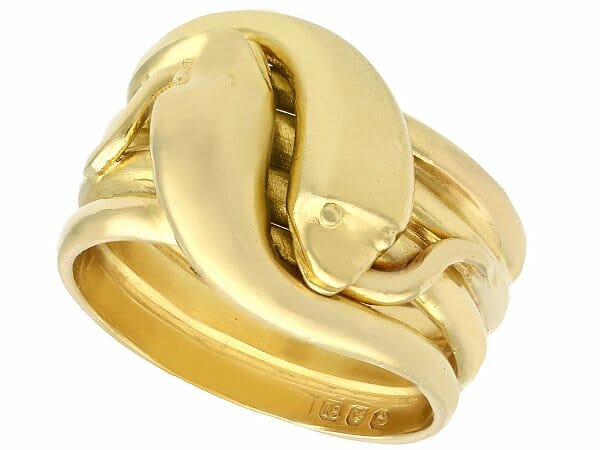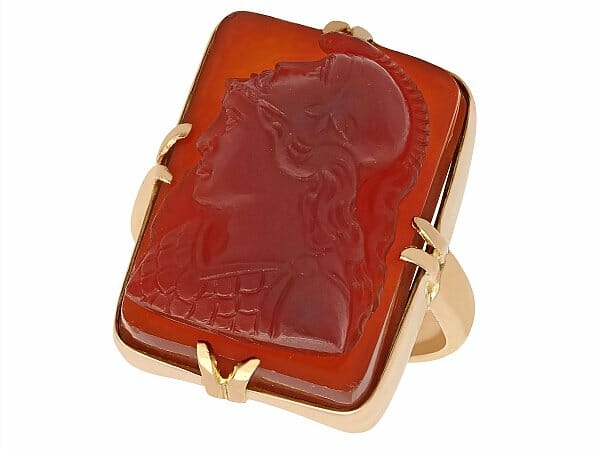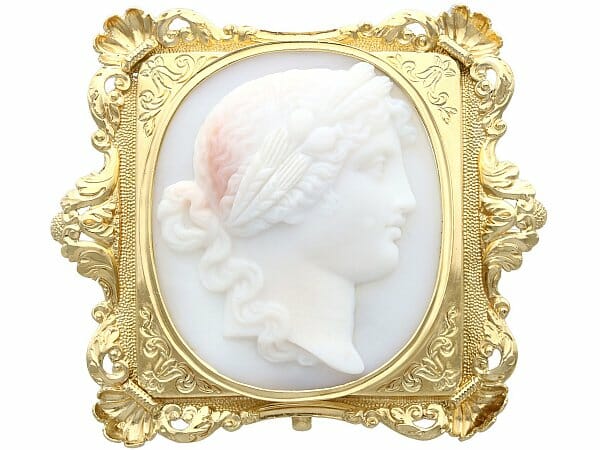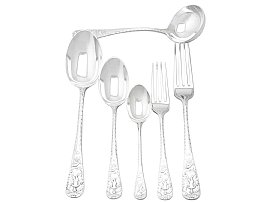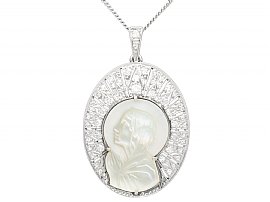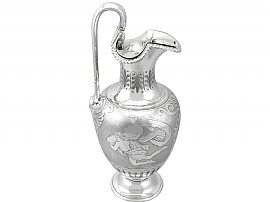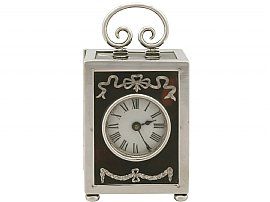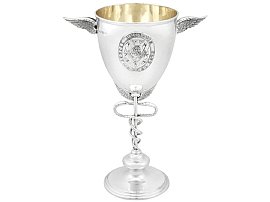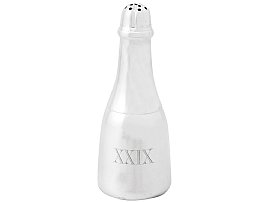The History of Roman Jewellery
The jewellery crafted during the Roman era drew upon many inspirations. From empires that came before to cultures around the world, the Romans looked for design ideas, materials, and inspiration everywhere. This amounted to a diverse range of designs that can tell us a lot about the history of the Roman era. During this period, jewellery was an important status symbol, but some pieces also had connotations with battle victories, beauty, and functionality. There seemed to be no limit on how jewellery pieces were used and what they were intended to represent. Today, Roman jewellery is treasured and coveted for its beauty, its unique style, and what it can tell us about the world of ancient Rome.
Read on to find out more about the history of Roman jewellery as well as the styles and materials used in Roman jewellery design.
What Kind of Jewellery Did the Romans Wear?
During the Roman era, people wore many of the jewellery types we are familiar with, including earrings, brooches, necklaces and pendants. However, rings were one of the most prominent jewellery types. The Romans also wore jewellery that we are less familiar with, such as torcs (which are rigid neck rings, made from metal) and fibulas (pins used to fashion garments).
The pieces that Romans would have worn depended on their status and their gender. Like today, jewellery was primarily associated with women. Rings, however, were the main exception to this rule as they were worn more often by men. Roman women adorned themselves in decorative necklaces, earrings, and bracelets, all worn at the same time. In fact, there are multiple records of husbands complaining about how much jewellery their wives wanted, showing that it was greatly sought after!
As for Roman men, signet rings were their main jewellery piece of choice. In contrast to the decorative jewellery worn by women, signet rings were primarily used to signify agreements for business purposes. In addition to business-related jewellery, Roman men also used jewellery to signify battle victories. One famous example of this can be found in the story of the Roman dictator, Titus Manlius. After beating a challenger in single combat, Titus Manlius killed him and took his torc to wear as a symbol of his victory. This action resulted in his nickname, "Torquatus". After this, it became more common for soldiers to be awarded torcs after battle victories, and the torc became a symbol of bravery among elite soldiers.
In terms of class systems, it was mainly the upper Roman classes that wore jewellery. However, later in the Roman era when the materials used to make jewellery became more accessible, other social classes followed their lead. There is evidence of gold jewellery appearing the dowries of many middle-class Romans. As the jewellery trend caught on, an industry of replica jewellery boomed. Alloys and glass beads were used to replicate the gold and gemstone jewellery worn primarily by the upper classes so that lower social classes could adorn themselves with jewellery as well.
In addition to working as a show of wealth, status, and beauty, jewellery also had sentimental meaning during the Roman era, as it still does today. There is evidence of jewellery pieces being gifted to as birthday presents and wedding presents, for example. What’s more, the Romans are attributed as being the likely inventors of engagement rings — they traded rings as physical evidence of a betrothal.
Roman Jewellery Designs and Materials
Throughout the Roman era, jewellery was manufactured in three main cities — Rome, Alexandria, and Antioch. Because of this centralised approach to jewellery making, the majority of Roman jewellery features similar decorative styles. Many of these styles were inherited from ancient Greek, Etruscan, and Egyptian designs. In fact, a lot of early Roman jewellery was still actually crafted by Greek or Egyptian artisans, explaining the continuity of these styles. Roman jewellery designs were also dictated by the success of the Roman Empire. At the beginning of the empire, Roman jewellery was fairly plain and conservative. However, after the Romans had access to more materials following successful invasions and conquests, the jewellery became more elaborate.
As the Romans extended their empire, more colour and precious gemstones were used in their jewellery designs. For example, they now had access to pearls from the Persian Gulf, emeralds from Egypt, topaz from India and Sri Lanka, sapphires and diamonds from the East, as well as other precious gemstones which were transported along the silk road.
In addition to gemstones, the primary material used in Roman jewellery design was gold. The Romans adored intricate metalwork, and much of their jewellery incorporated pierced designs, twisted wire, sheet gold, and granulation. Although gold was the most popular material, other metals were also used in Roman jewellery design such as iron, silver, and copper alloys.
As for the patterns and designs used in Roman jewellery, abstract shapes were common, especially in the context of symmetrical designs and geometric metalwork. Roman jewellery also sometimes features foliate and floral designs, taking inspiration from the natural world. Snakes and scarabs were also very popular motifs during this era (another instance of the Romans being inspired by the ancient Egyptians).
Another key element of Roman jewellery design that can’t be forgotten is the cameo. Cameo and intaglio rings were extremely popular during this era, but cameos were also used to decorate other jewellery pieces such as brooches and fibulas.
The Meaning Behind Roman Jewellery
Many of the materials used in Roman jewellery design were chosen for their symbolic meanings or believed magical properties. The Romans believed that jewellery pieces could work as amulets to ward off evil or bring good luck. For example, the symbol of the snake was used to signify health, fertility and immortality. Emeralds were also believed to bring health as well as intelligence.
Can You Still Buy Ancient Roman Jewellery?
Today, it is still possible to buy jewellery from ancient Rome, although naturally, pieces in a good condition are rare to come across. It is also possible to purchase Roman style jewellery, as many of the motifs and designs favoured by the Romans inspired jewellery makers who came after this era. Cameo jewellery such as brooches and rings, for example, were very popular in the 18th and 19th centuries, and snake-themed jewellery had a major resurgence during the Victorian era.
Roman styles still inspire jewellery makers today, so whether you’re looking for an antique relic or a more modern design that draws upon Roman styles, it’s possible to add some Roman-inspired pieces to your jewellery collection.
